
Weeds
Virginia Green can help you identify and eradicate weeds to transform your lawn into an outdoor oasis.
Conquer the Jungle: A Field Guide to Common Lawn Weeds
Tired of unwelcome guests in your green oasis? Virginia Green's handy guide unveils the identities and characteristics of 16 common lawn invaders, including dandelions, chickweed, clover, and nutsedge. Learn their telltale signs, lifecycles, and preferred habitats to equip yourself for targeted eradication. Don't let weeds steal your lawn's glory! Contact Virginia Green's expert agronomists today and reclaim your outdoor paradise.
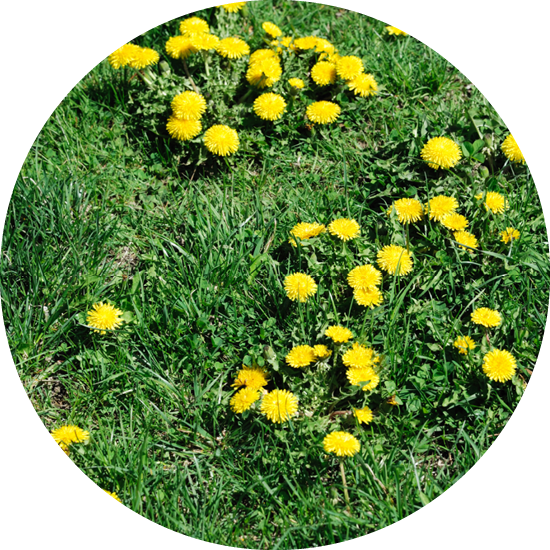
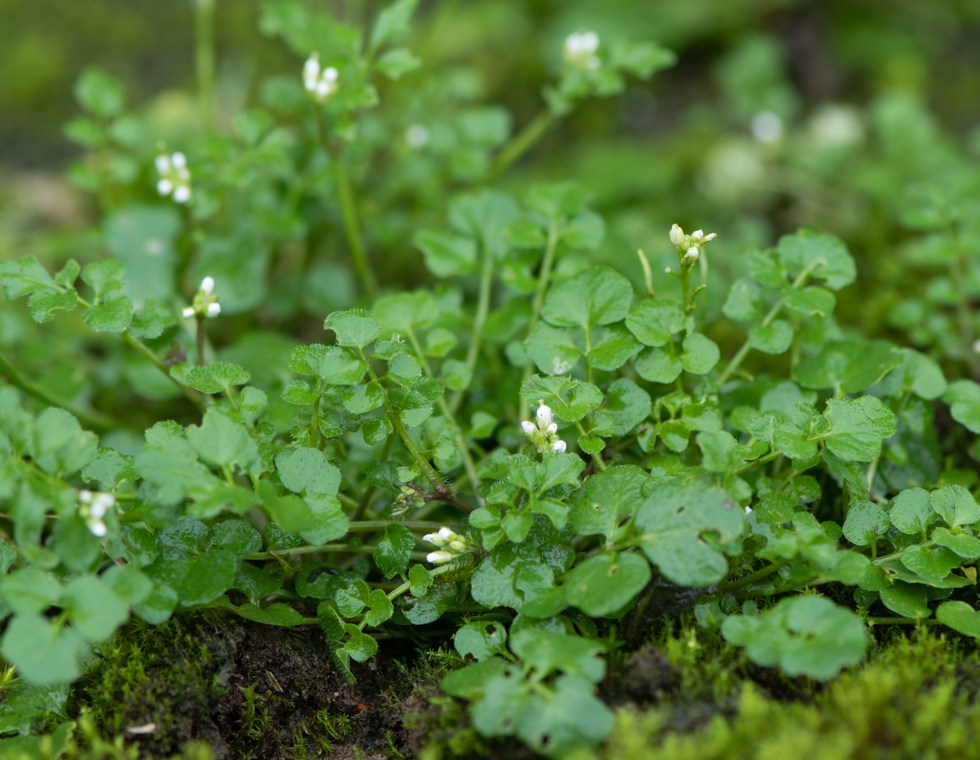
Bittercress
Winter Annual
Bittercress, also called hairy bittercress, is a member of the mustard family. Its unique foliage makes it easy to identify: club-shaped leaflets as seen in the photo here. Leaves of bittercress seedlings are often simple, while leaves of mature plants are generally compound.
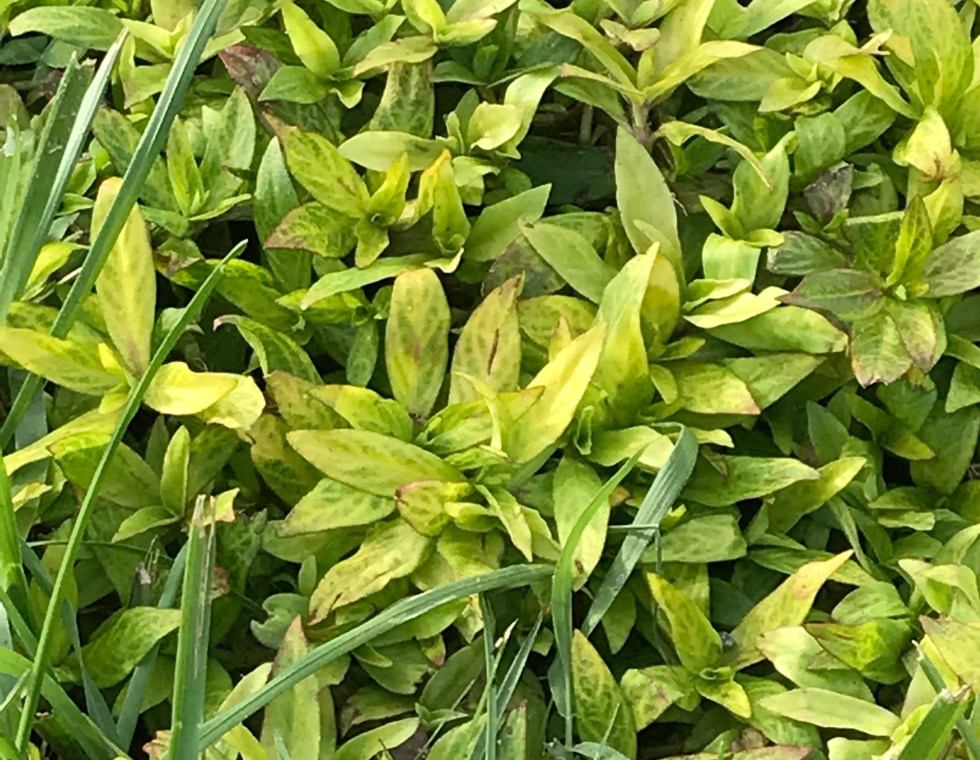
Buttonweed
Perenial, Summer Annual, Winter Annual
Virginia buttonweed features deep-roots and prostrate or spreading branches with hairy stems. Its leaves are elongated, lance-shaped and grow opposite one another on the stems. Virginia buttonweed’s tubular flowers are white to purplish and grow in the leaf axis along the stem. Flowers resemble four-pointed stars. This weed spreads by both seed and plant segments and prefers moist, wet conditions.
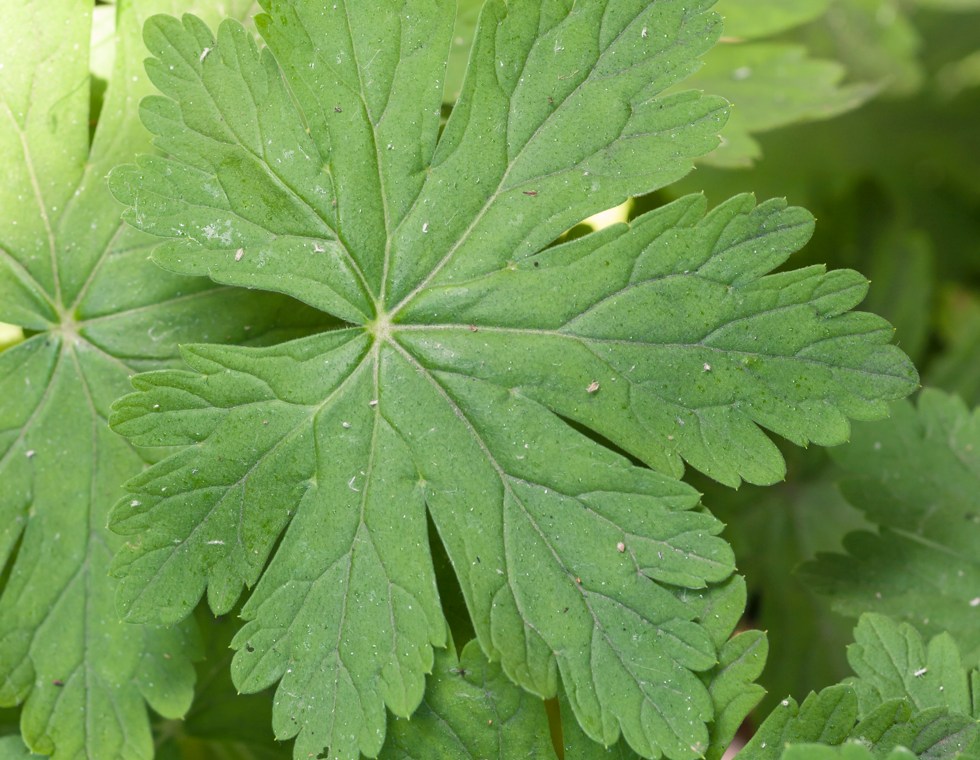
Carolina Geranium
Winter Annual
Wild geranium, also called Carolina geranium, has flowers that form in clusters, each of which has five white to pink petals. The seed forms in a fruit capsule creating a “storks bill.” Its erect stems branch forward and covered with hair. Its leaves alternate on long petioles and are divided into segmented leaflets which are blunt toothed.

Chickweed
Winter Annual
Common chickweed spreads out in extensive mats as a low-growing succulent in shady, cool areas that offer sufficient moisture. Its foliage is yellow green with broad leaves that are opposite one another. Seed leaves have prominent midveins and are about four times as long as they are wide; whereas mature leaves are ovate and opposite on the stem. Its small flowers feature five deeply cut white petals. Stems oftentimes feature a line of hairs down the side.

Clover
Perennial
The perennial white clover features white flowers and stems that root at its nodes. Each rounded flower head, approximately 1/2 to 1 1/4 inches long, consists of 20-40 individual white flowers and sits atop a stalk (peduncle) that arises from the leaf axils. Its trifoliate leaves have three egg-shaped leaflets, each of which is widest at the apex with an indentation at its apex. Leaflets usually have a lighter green or white ‘V-shaped’ marking close to their base and a slightly toothed margin.
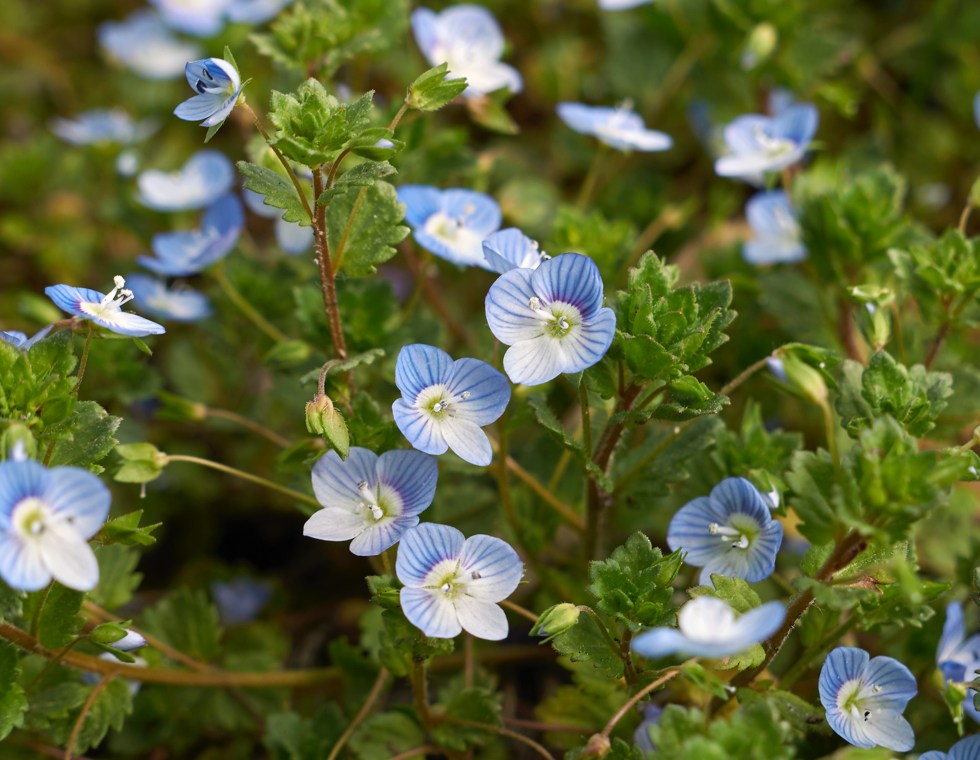
Corn Speedwell
Winter Annual
Corn Speedwell germinates in mid-fall. Its small flowers vary in color from white to blue and have branching upright stems. The flowers appear in the leaf axis and the seed develops into a distinctive heart shape. Speedwell’s upper leaves are more pointed whereas its lower leaves are nearly round with toothed margins. Fine hairs covers this weed.

Dandelion
Perennial
Best known for their yellow flowers, dandelions have a thick tap root that is dark brown on the outside and milky white inside. Their long jagged leaves form a rosette lying close to the ground. Dandelion’s smooth, leafless and hollow stalks bear a single flower head and radiate straight out of their root system. A strong wind can carry away dandelion seeds miles away from its parent plant, traveling like tiny parachutes.
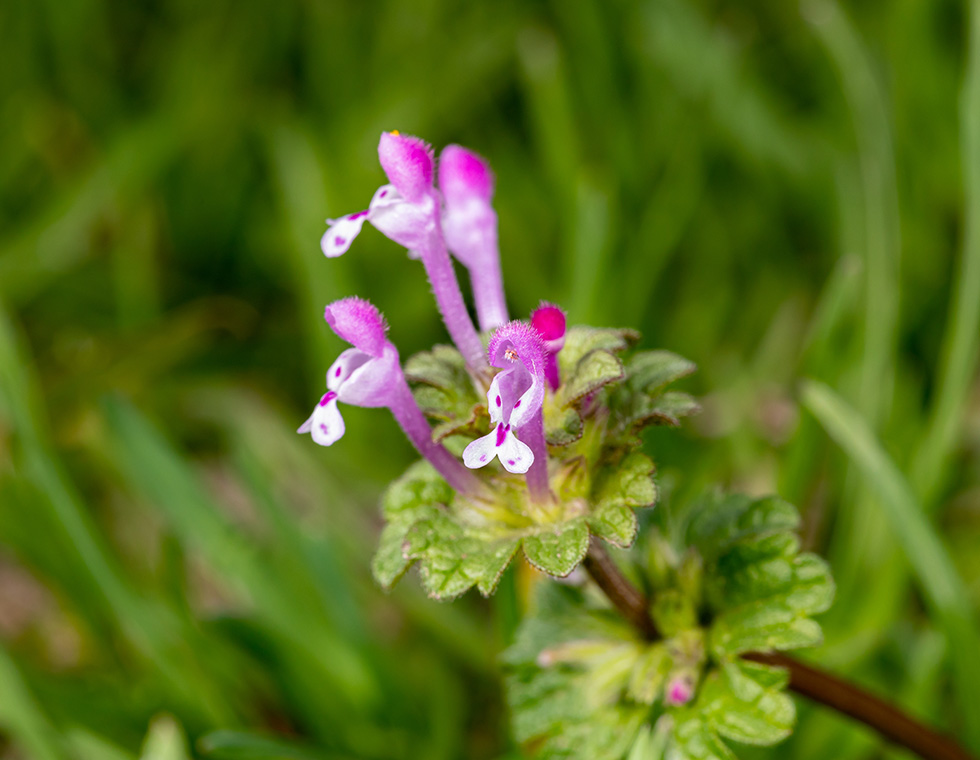
Henbit
Winter Annual
Henbit has pink-purple, tube-shaped flowers with square stems that can reach up to sixteen inches in height. Its circular or heart-shaped leaves grow in opposite directions, reaching five inches in length, and have hairs on the upper leaf surfaces and along the veins of the lower surface. Stems appear as square (if cut in cross section) and are covered with downward-pointing hairs that root at the lower nodes.
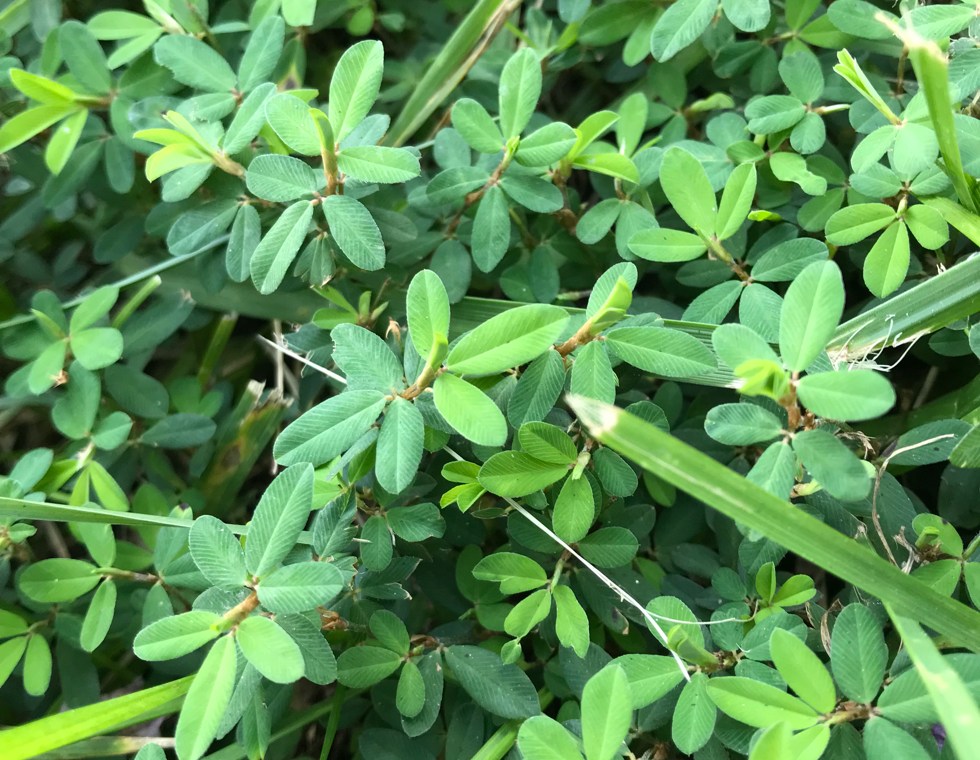
Lespedeza
Winter Annual, Summer Annual, Perennial
Lespedeza has inconspicuous purplish flowers forming mats of fifteen to eighteen inches in diameter. This weed has firm and woody stems. Its leaves consist of three oblong leaflets (trifoliolate) that appear obtuse at their apex and narrow at their base.
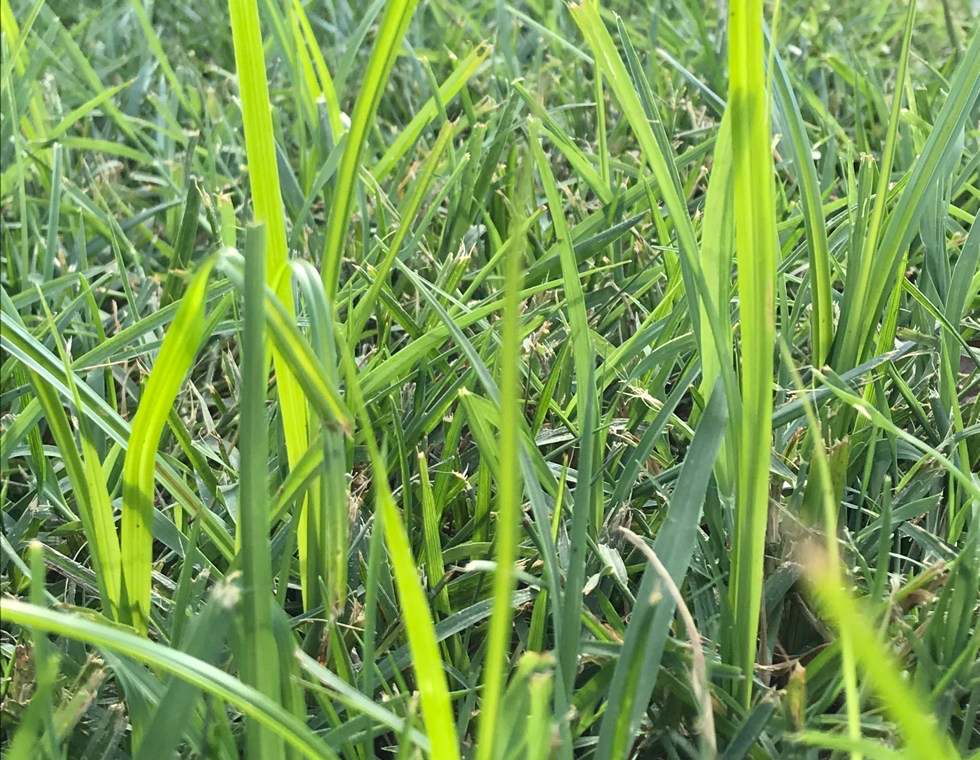
Nutsedge
Perennial
As a rapidly spreading perennial, Nutsedge forms brown to tan colored tubers at the tips of rhizomes. It gets its name from its yellowish-brown or straw-colored seed heads. This weed is one of the more cold tolerant sedge species and can become a severe problem in both warm and cool seasons. Although difficult to control, it is much easier to control than other sedge species so proper identification is important.
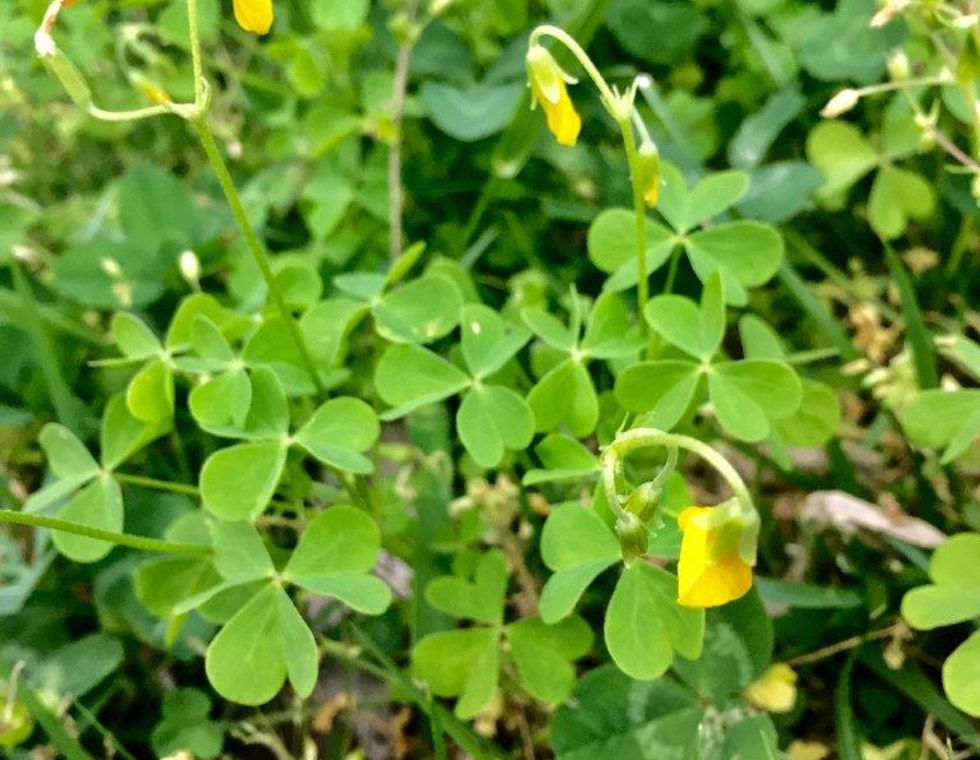
Oxalis
Perennial
Oxalis’ yellow, pink or purple flowers each have five petals that grow in clusters on top of long stalks at the leaf axils. Its trifoliate leaves alternate along the stem and are divided into three heart-shaped leaflets. Leaf margins are smooth but fringed with hairs. The green or pink stems branch out at base. Garden centers often sell Oxalis as house plants.
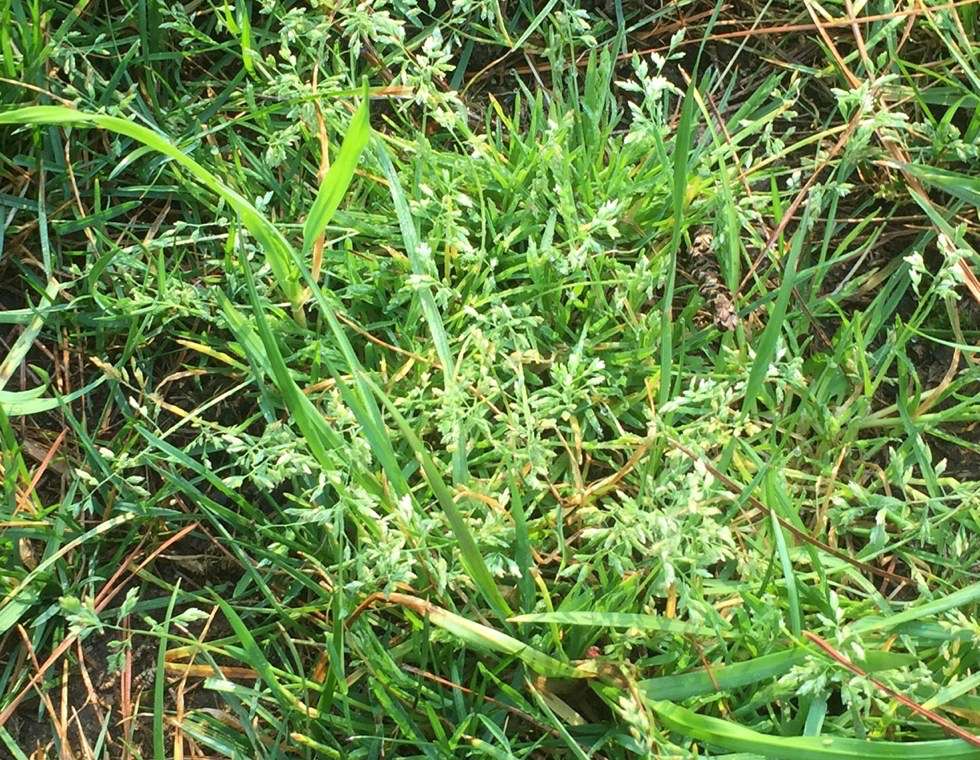
Poa Annua (Annual Bluegrass)
Winter Annual
Poa Annua is a low-growing tufted winter annual grass that germinates in the fall and reproduces via its seed. Its short, vivid green leaves are blunt at the tips yet shaped like the prow of a small canoe. Annual bluegrass can be found in lawns and flowerbeds but more often in compact areas along driveways and sidewalk edges.
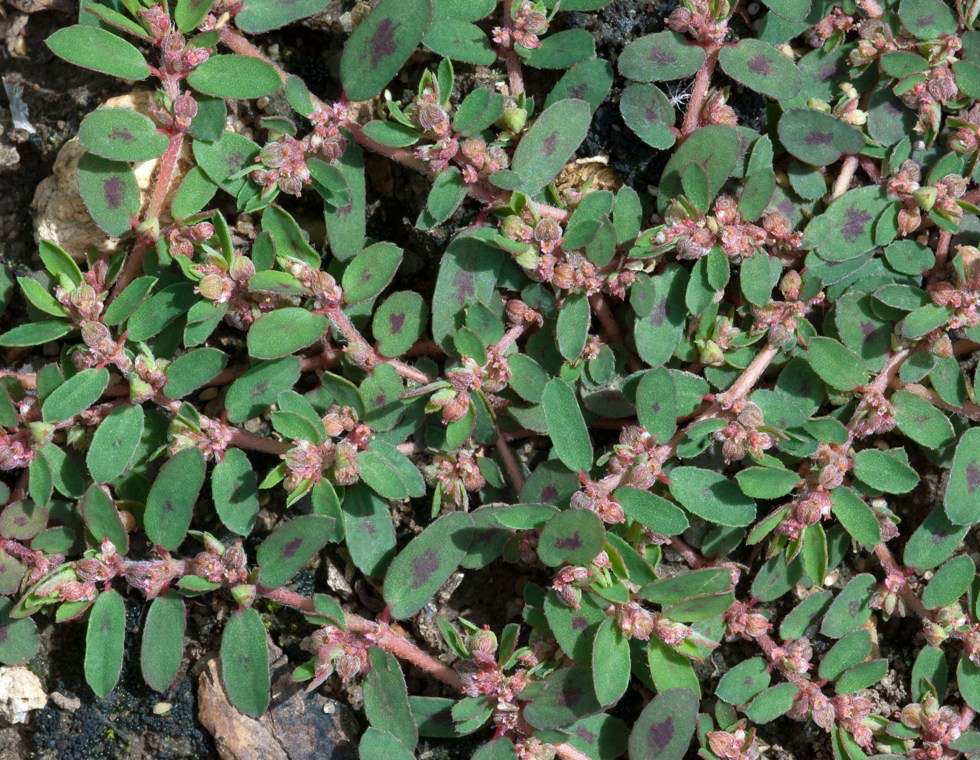
Spotted Spurge
Summer Annual
Spotted spurge is a summer annual. While similar to prostate spurge, there are several subtle differences in the two varieties. Spotted spurge has a more erect growth habit than prostrate spurge. Its leaves are small and oblong shaped with an irregular red to purple spot in the center. The leaves grow opposite on the stem. Spurge contains a milky sap in the stem. The flower of spotted spurge is small and green in color. It germinates in mid spring and flowers from June to September.
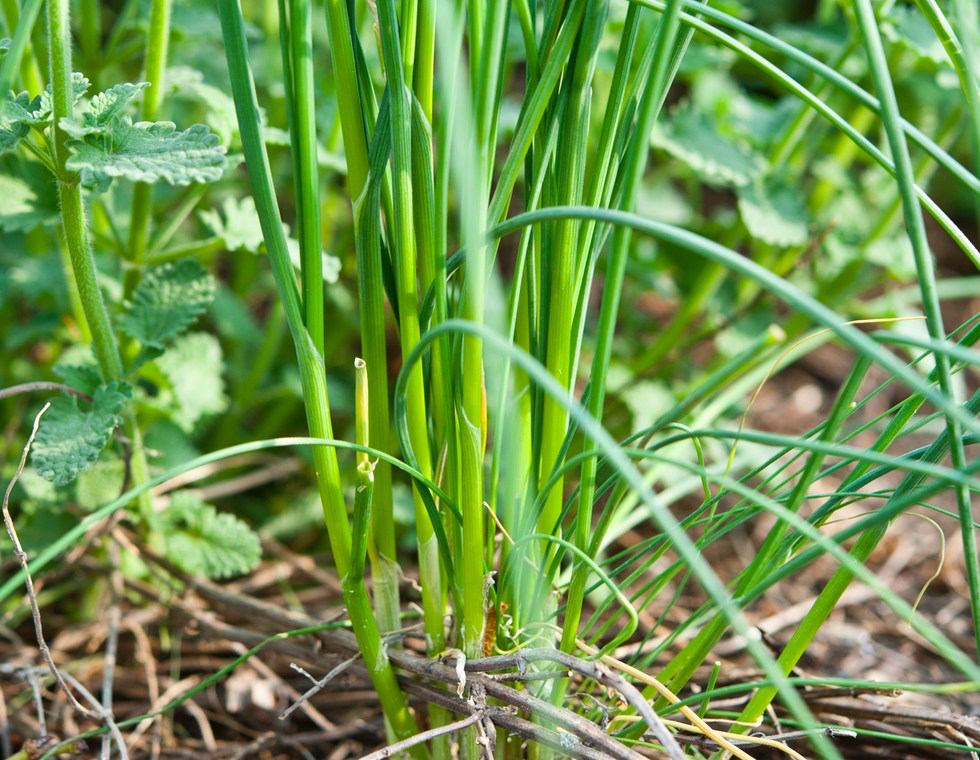
Wild Onion/Wild Garlic
Perennial
Wild garlic has waxy, upright and needle-shaped leaves, which grow 8-12 inches long. Its white to light green flowers grow on top of short stems from April to June. Wild garlic’s hollow, round leaves emit a strong odor, growing directly out of underground bulbs, which appear flattened on one side and have bulblets. This weed spreads via its bulbs, seeds and bulblets.
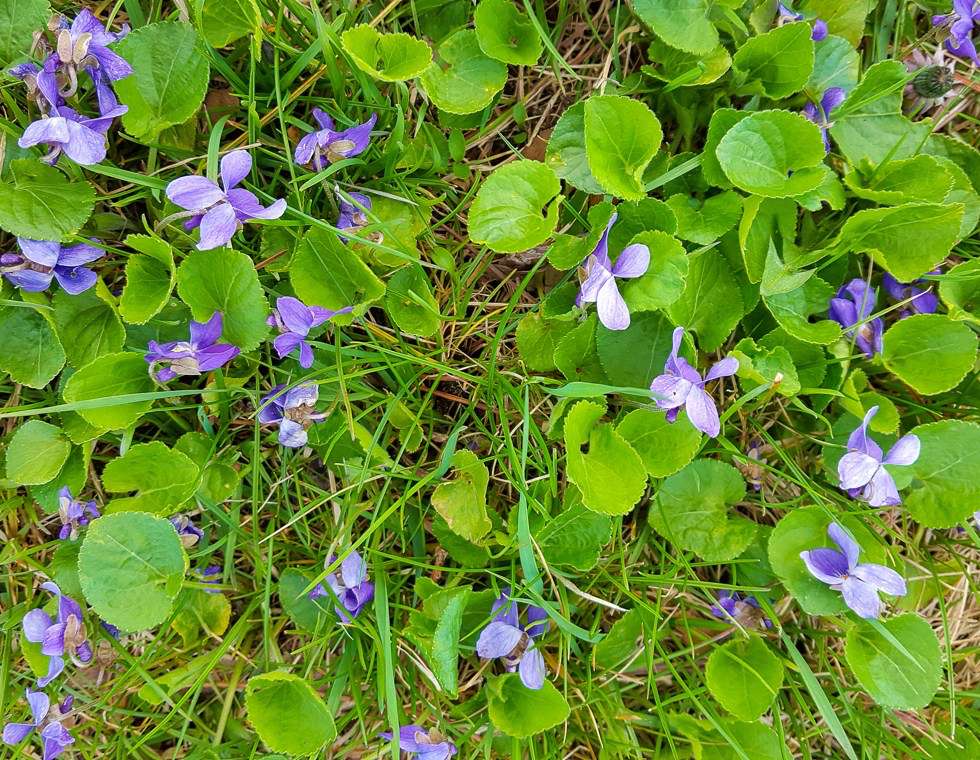
Wild Violet
Perennial
This perennial weed often grows in clumps. Wild violet’s flowers have five petals and are usually purple but sometimes white or yellow. Its flowers usually appear in early spring and summer. The plants are most often found in shady habitats and form rhizomes that support heart-shaped leaves.

Need Help Tackling Weeds?
Our agronomists (soil scientists) can give your lawn the attention it deserves.
